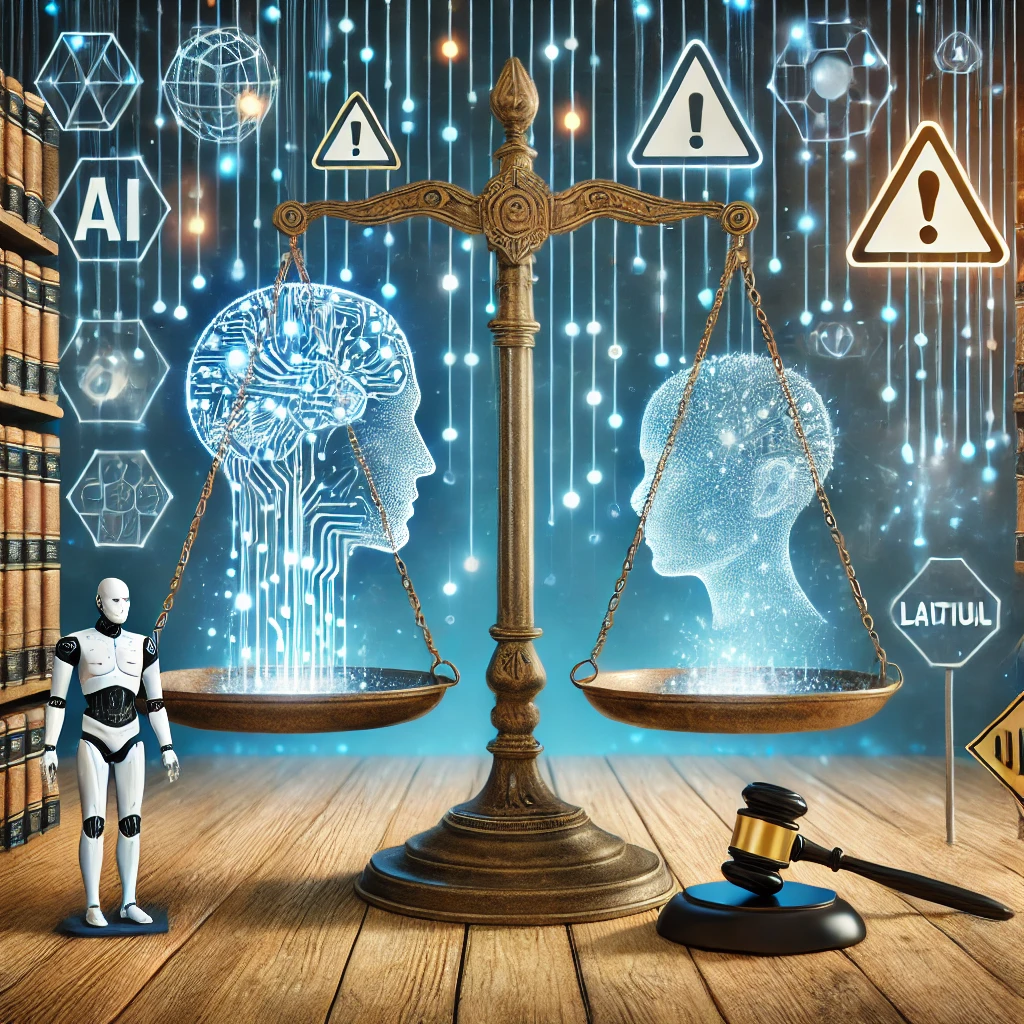The recently released interim summary from the AI Strategy Council outlines a policy of not incorporating penalties in new AI-related legislation. This decision is reportedly driven by concerns that excessive regulation could hinder technological innovation. However, how will this choice affect future AI development and society? Let’s examine the implications.
The Intent Behind “No Penalties”: Promoting Technological Innovation
AI technology is a key factor in industrial competitiveness. Overly strict regulations could deteriorate the domestic development environment, leading to the risk of companies and researchers relocating overseas. In Western countries, discussions about AI regulations are ongoing, with the EU’s AI Act setting restrictions on AI usage. Against this backdrop, Japan’s decision to adopt a more flexible regulatory approach can be seen as a strategic move in global competition.
Japan has previously experienced cases where excessive regulations hindered technological innovation. For example, in fields such as drones and autonomous driving, legal frameworks failed to keep up, causing difficulties in conducting demonstration experiments. This time, the policy aims to provide greater freedom in AI development, allowing companies and research institutions to continue their work without unnecessary constraints.
Uncertainty in Risk Management
At the same time, problems such as copyright infringement and the spread of misinformation caused by AI are becoming more serious. One major concern from the creative industry is that AI-generated content learns from existing works without permission and circulates as new creations. Additionally, deepfake technology increases the risk of misinformation spreading, potentially causing social disruption.
The interim summary states that the government will investigate businesses in malicious cases, but it does not clearly define what qualifies as “malicious.” Since the scope of current laws is limited, there is a risk that regulatory responses will lag behind once problems arise.
Comparison with International Trends
The EU is implementing risk-based regulations, applying strict rules to high-risk AI such as medical diagnostic AI and credit scoring AI. Meanwhile, the United States emphasizes industry self-regulation, with individual laws addressing specific risks.
Japan’s new policy prioritizes market-driven development, but whether this approach will function effectively remains uncertain. If regulations are too lenient, consumer protection may be neglected, leading to a decline in public trust. This places greater responsibility on companies to uphold ethical standards and self-regulation.
Future Challenges
A flexible legal framework is essential to encourage AI development, but neglecting risk management could result in social issues. Key points for future legislative discussions include:
- Ensuring Transparency
The government should clearly define what constitutes “malicious” AI use and establish transparent regulations.
- Developing Rapid Response Measures
A system should be in place to promptly address AI misuse when detected.
- International Coordination
Japan’s regulations should align with global AI policies to ensure consistency and effectiveness.
The government’s stance appears to be encouraging AI development under flexible regulations while addressing issues as they arise. However, striking the right balance between innovation and regulation will be a crucial challenge.
Conclusion
Japan’s AI policy prioritizes technological advancement, but its approach to risk management remains vague. Future legislative discussions will need to balance development freedom with social responsibility. As AI continues to evolve, achieving a safe and beneficial AI society will require not only government action but also awareness and responsibility from businesses and users alike.

